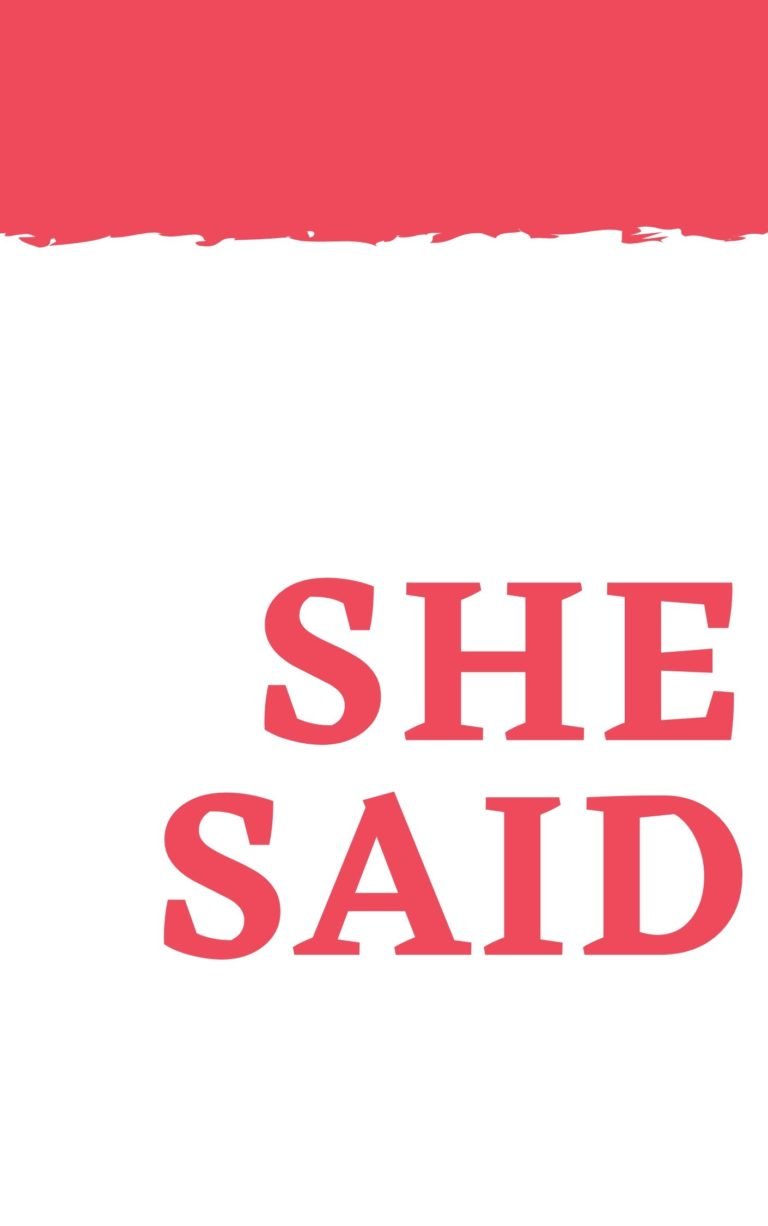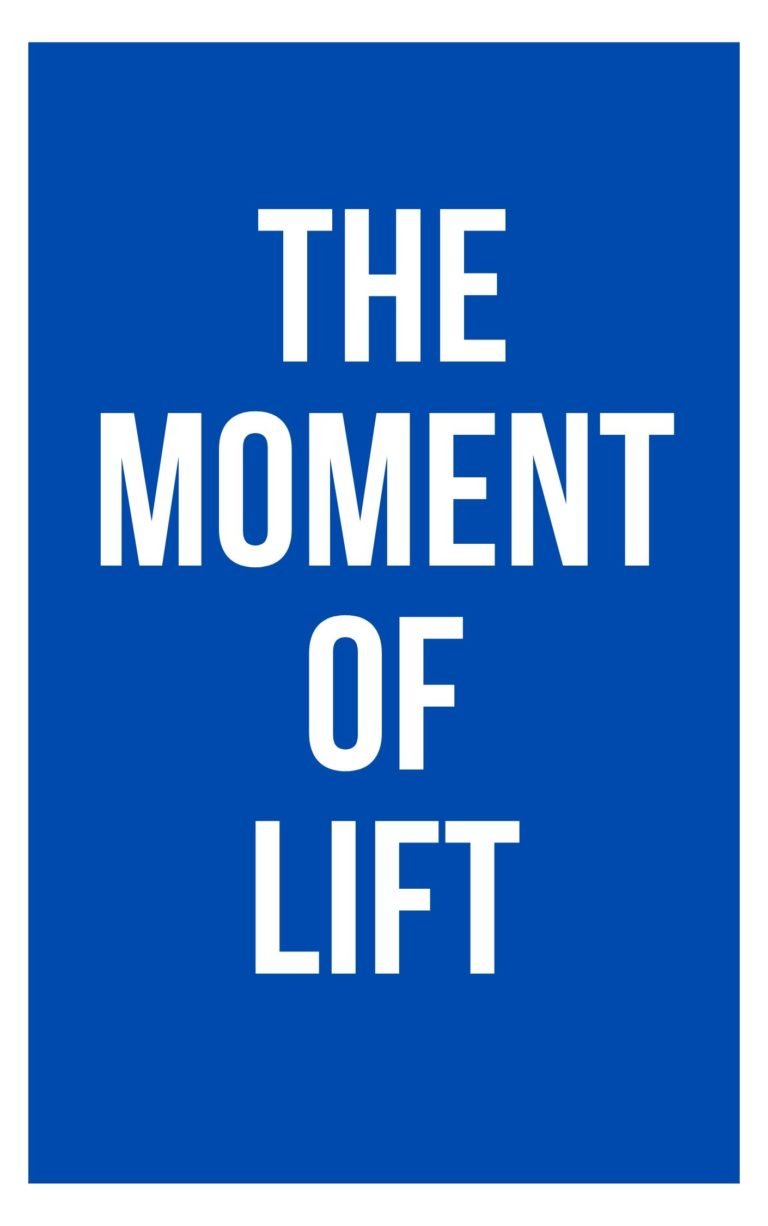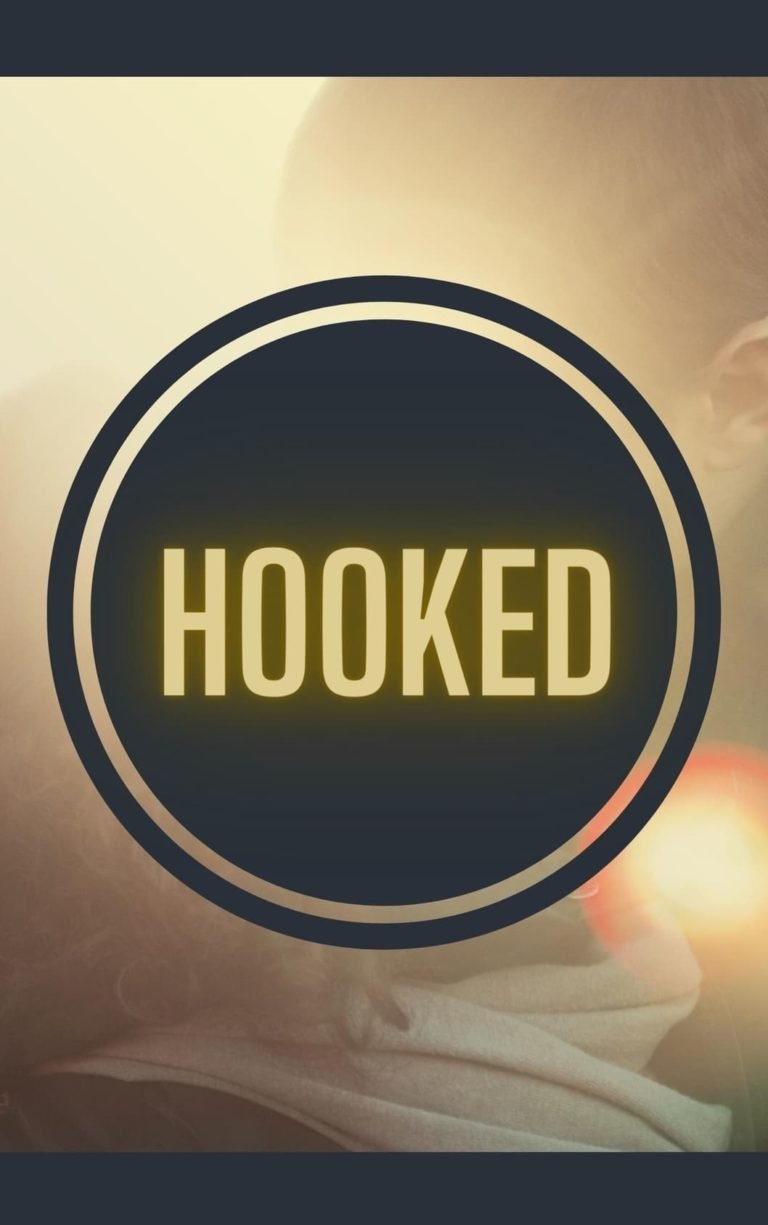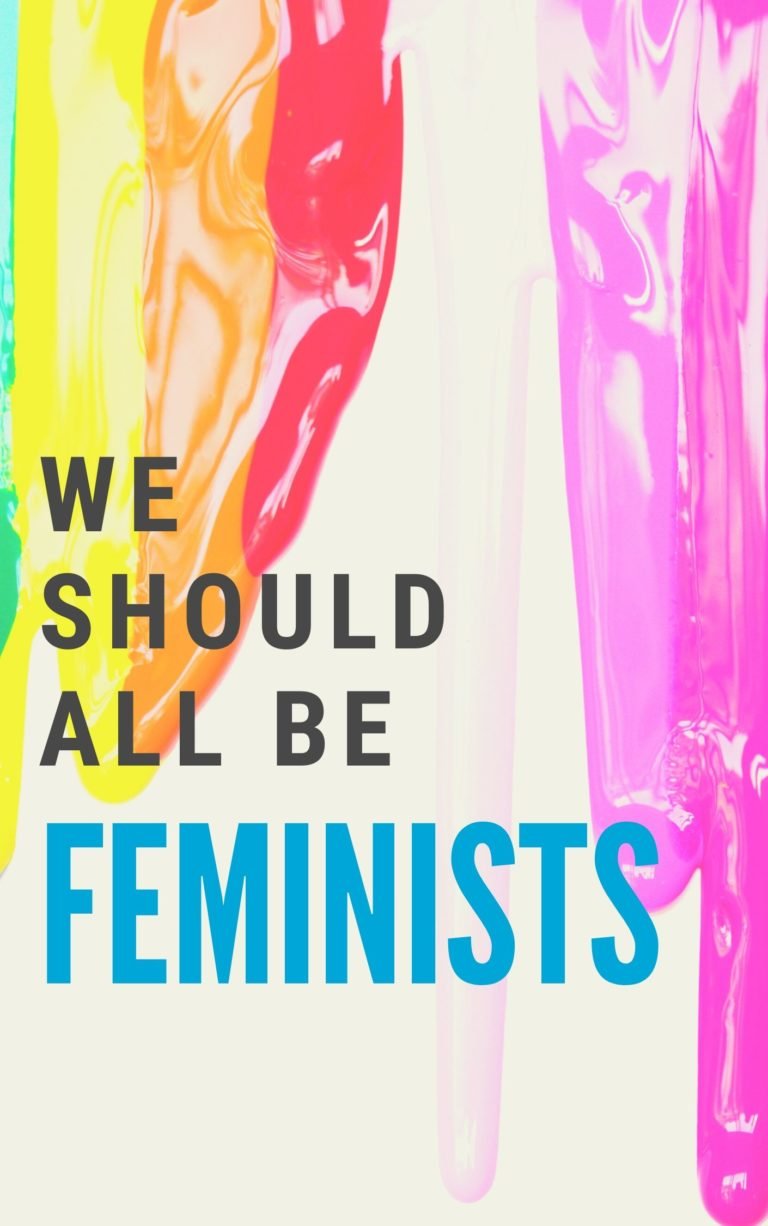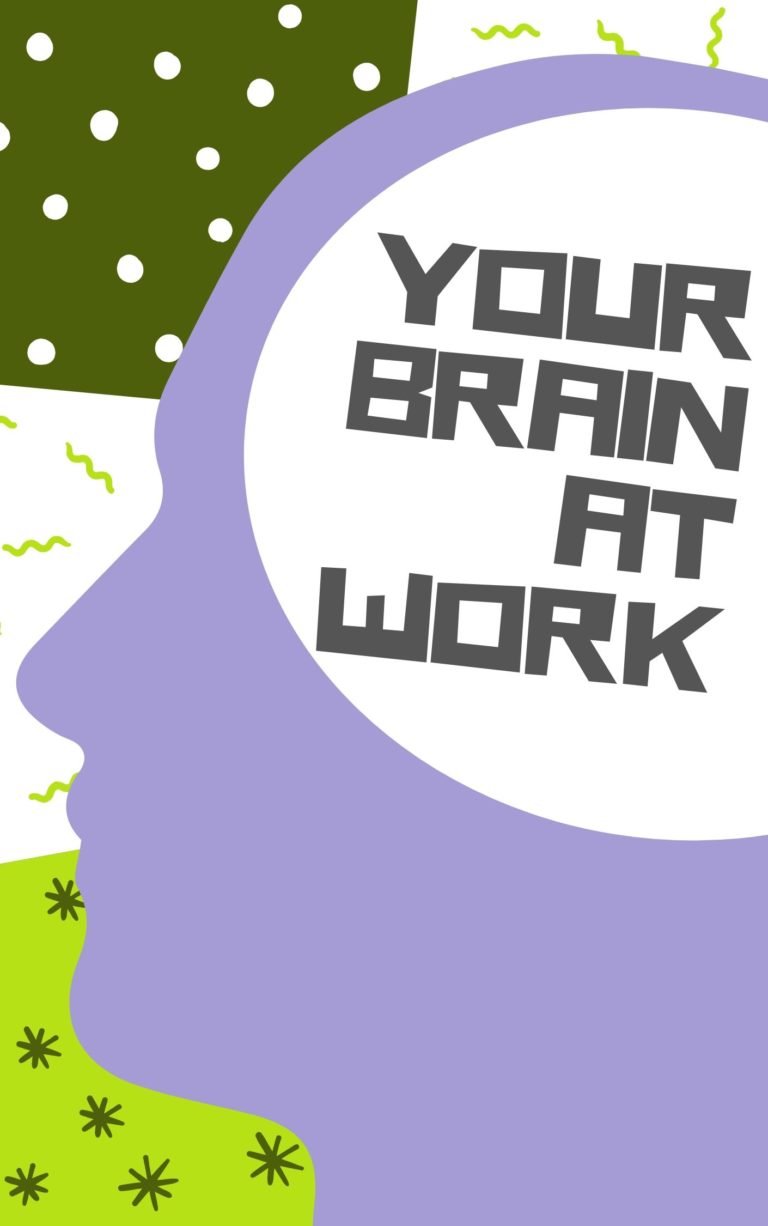Merchants of Doubt – Book Summary
How a Handful of Scientists Obscured the Truth on Issues from Tobacco Smoke to Climate Change
Erik M. Conway and Naomi Oreskes
Rating: 7.8
“Anyone concerned about the state of democracy in America should read this book”
―Al Gore
The book summary of Merchants of Doubt tells the story of how a loose-knit group of high-level scientists and scientific advisers, with deep connections in politics and industry, ran effective campaigns to mislead the public and deny well-established scientific knowledge over four decades. Remarkably, the same individuals surface repeatedly—some of the same figures who have claimed that the science of global warming is “not settled” denied the truth of studies linking smoking to lung cancer, coal smoke to acid rain, and CFCs to the ozone hole. “Doubt is our product,” wrote one tobacco executive. These “experts” supplied it.
“Congress was also looking into climate change. The 1978 National Climate Act had established a national climate research program,”
-Merchants of Doubt: Book Summary by Make Me Read
Contents
The Merchants of Doubt
During the Cold War, “extremely hawkish” physicists Frederick Seitz and S. Fred Singer feared the Soviet Union and became prominent backers of Ronald Reagan’s “Star Wars” missile defense system. Their outspoken politics brought them into a network of right-wing think tanks, institutions, corporations and political figures. Between 1979 and 1985, Seitz worked for R. J. Reynolds Tobacco Company, which provided $45 million for “biomedical research that could generate evidence…to be used in court” against those suing big tobacco. After decades of tobacco advocacy, Singer cowrote a significant attack on the Environmental Protection Agency’s position on the hazards of secondhand smoke. Claiming it was harmless, he said those who sought to limit people’s exposure to it just wanted an excuse to impose government regulation. A conservative think tank gave the Tobacco Institute funding for Singer’s report.
“A small group of men with scientific bona fides and deep political connections deliberately distorted public debate, running effective campaigns to mislead the public and deny well-established scientific knowledge over four decades.”
-Merchants of Doubt: Book Summary by Make Me Read
Later, Seitz and astrophysicist Robert Jastrow tried to deny global warming in a report that got them invited to George H. W. Bush’s White House. The New York Times, The Washington Post, Newsweek and other media covered the report as if it offered another serious view in the “scientific” discourse. Yet, in two decades, “these men did almost no original scientific research on any of the issues” they covered publicly, launching attacks on other scientists’ findings and “reputations.” Actually, “on every issue, they were on the wrong side of scientific consensus.”
“The industry had realized you could create the impression of controversy simply by asking questions”
-Merchants of Doubt: Book Summary by Make Me Read
Smoke and Secondhand Smoke
When Seitz and his colleagues James A. Shannon and Maclyn McCarthy contracted with R. J. Reynolds, their task was “to fight science with science.” The tobacco industry needed data to resist smokers’ lawsuits and forestall antismoking legislation. Seitz and others provided it. As early as 1953, Reader’s Digest, then the world’s most popular magazine, ran “Cancer by the Carton,” exposing the link between smoking and cancer. In response, the leaders of five giant tobacco firms formulated a coordinated public relations policy to defend their industry, even though big tobacco’s own research clearly linked cancer and smoking, and – by the 1960s – confirmed the addictiveness of nicotine.
“A key strategy…was to create the appearance that the claims being promoted were scientific.”
-Merchants of Doubt: Book Summary by Make Me Read
Behind closed doors, “the tobacco industry knew the dangers of smoking.” But Seitz and his colleagues fought every new release of data that confirmed what the industry already knew. By the mid-1980s, tobacco had spent more than $100 million on biomedical research. Then their scientists distorted their findings to try to blunt the rapidly emerging truth. As federal authorities found the tobacco giants guilty of breaking racketeering laws and conspiring to conceal what they knew, Seitz moved along, becoming the founding chairman of the George C. Marshall Institute, a conservative think tank promoting “science for better public policy.”
“For the past 150 years, industrial civilization has been dining on the energy stored in fossil fuels, and the bill has come due. Yet, we have sat around the dinner table denying that it is our bill, and doubting the credibility of the man who delivered it.”
-Merchants of Doubt: Book Summary by Make Me Read
Strategic Defense
The right-wing think tanks that agreed with Seitz’s devout anticommunism included the Hoover Institution, the Hudson Institution and the Heritage Foundation. During the 1970s, these groups and their congressional allies wrecked the notion of a peaceful détente with Russia. They backed an arms race and sought heavy government spending on weapons. While Seitz, Jastrow and Edward Teller (the “father of the hydrogen bomb”) argued for a nuclear defense system, astronomer Carl Sagan famously declared that any atomic weapons battle would lock Earth in a “nuclear winter.” Sagan had wide credibility and a large public platform.
“Fred Singer, Fred Seitz and a handful of other scientists joined forces with think tanks and private corporations to challenge scientific evidence.”
-Merchants of Doubt: Book Summary by Make Me Read
Department of Defense and CIA assessments of Soviet military strength in the late 1970s cast the USSR as far weaker than the US. Teller and his compatriots disagreed. Seeking an alternative view, they created a coalition of noted anti-Soviet hawks and called it “Team B.” They “cast the Soviet effort in the most alarming possible light.” When Reagan was elected, he promoted the Star Wars defense system of offensive and defensive nuclear weapons orbiting the Earth. Sagan joined many others in opposing Star Wars, debunking its false science and its underlying propaganda. He and his colleagues produced a report on everything untenable about Star Wars.
“Seitz and his colleagues would fight the facts and merchandise doubt all the way.”
-Merchants of Doubt: Book Summary by Make Me Read
Under the Marshall Institute’s auspices, Jastrow vowed to fight these opponents. With others, he launched personal attacks against Sagan, and far-fetched but well-presented assaults on the legitimate science in Sagan’s report. The attacks sought to confuse people about both positions. The Jastrow side understood that neither the public nor Congress knew enough science to make a choice based on the merits of scientific arguments. When Jastrow’s legitimately credentialed scientists loudly presented “phony science,” they set a model for their future ideological attacks.
“The problem was that public had no way to know that this “evidence” was part of an industry campaign designed to confuse. It was, in fact, part of a criminal conspiracy to commit fraud.”
-Merchants of Doubt: Book Summary by Make Me Read
Acid Rain
“For decades, preservationist environmentalism remained bipartisan.” President Richard Nixon, a Republican, established the Environmental Protection Agency and signed the Clean Air Act, the Clean Water Act and the Endangered Species Act. Such bipartisanship was about to change. Take what happened with acid rain, a phenomenon that scientists in New Hampshire identified in 1963, and that scientists worldwide documented and studied over the following decade.
“Why did they continue to repeat charges long after they had been shown to be unfounded? The answer, of course, is that they were not interested in finding facts. They were interested in fighting them.”
-Merchants of Doubt: Book Summary by Make Me Read
In the early 1980s, a Reagan administration scientific panel found that most of acid rain’s acidity was “due to dissolved sulfate and the rest mostly to dissolved nitrate, by-products of burning coal and oil.” The administration rejected that panel’s findings as well as the National Academy of Sciences’ 1981 conclusion that the US should reduce industrial pollution by 50%. Reagan turned to Star Wars defender William (Bill) Nierenberg, who “hated environmentalists,” to chair the administration’s “own panel of experts,” which met in 1983. Details about acid rain’s long-term, irreversible damage appeared in the panel’s earliest reports but not in later versions.
“The Internet has created an information hall of mirrors, where any claim, no matter how ludicrous, can be multiplied indefinitely.”
-Merchants of Doubt: Book Summary by Make Me Read
Singer, a White House appointee to the panel, built ambivalence into the very process by which experts drew conclusions. In his appendix to the public report on the panel’s findings, Singer asked if reducing emissions would cut acid rain’s environmental impact. “In posing the question, he left the reader with the impression that the answer was, perhaps, no.” Over a few months, Singer and Nierenberg delayed and altered the report – “without the agreement of the full panel” – in a way that undercut its depiction of acid rain’s impact. Their strategy was clear: politicize scientific material. The lack of acid rain legislation in Reagan’s term was their victory. The White House took the stance that the government didn’t know what caused acid rain or how it originated, thus mirroring the tobacco industry’s decades-long position on smoking and cancer.
“Since no one knew the mechanism that started the hole [in the ozone layer], no one would be certain that it would not grow.”
-Merchants of Doubt: Book Summary by Make Me Read
The media echoed the “doubters’” relentless espousal of confusion as if that fit the facts, which it did not. In 2007, the Marshall Institute still claimed that acid rain destruction was “largely hypothetical.” The strategy of “sowing doubt” is astonishingly successful. In the future, doubters will not just “tamper with the peer review process,” they will “reject the science itself.”
“Nobody can publish an article in a scientific journal claiming the Sun orbits the Earth, and for the same reason, you can’t publish an article in a peer-reviewed journal claiming there’s no global warming. Probably well-informed professional science journalists wouldn’t publish it either. But ordinary journalists repeatedly did.”
-Merchants of Doubt: Book Summary by Make Me Read
The Ozone Hole
“The idea that human activities might be damaging the Earth’s protective ozone layer first entered the public mind in 1970.” Chemicals called chlorofluorocarbons (CFCs) were at the root of the damage. If the ozone layer became depleted, humans would have less protection against ultraviolet radiation, proven to cause skin cancer. At the time, manufacturers produced “billions of pounds of CFCs…every year for use in spray cans, air conditioners and refrigerators.”
“ The expedition provided the ‘smoking gun’ by showing a strong correlation between high chlorine levels and low ozone levels.”
-Merchants of Doubt: Book Summary by Make Me Read
The aerosol industry instantly counterattacked scientific claims that CFCs caused ozone damage. Industry groups dispensed millions for research grants, seeking to disprove any connection between CFCs and global warming. A government panel recommended banning all CFC emissions immediately, but it shifted the weight of enacting its conclusion to the Academy of Science, where the “leadership was not pleased to be stuck with the job of deciding whether or not to extinguish the $1 billion per year CFC spray industry.” The CFC lobby fought hard, but the fervent race to enact regulation surprised the industry, as did the grassroots response: Consumers were voluntarily abandoning CFC products. “In 1977, CFC propellant use had already dropped by three-quarters.” The 1979 ban on CFCs only codified what was already in practice.
“The protocol was revised to include a complete ban on the manufacture of chlorofluorocarbons.”
-Merchants of Doubt: Book Summary by Make Me Read
In 1985, the British Antarctica Survey announced the discovery of a huge, worrying ozone hole over Antarctica. Scientific deniers made much of the fact that NASA’s orbiting satellite found no such hole. Further study showed that Antarctic ozone levels were so extraordinarily low that the satellite’s detection software mistook actual conditions for a glitch in its own processing, and so rejected the data. Later studies confirmed the hole, leading to even more stringent bans on CFCs. So “if environmental regulation should be based on science, then ozone is a success story.”
“Meanwhile, something very interesting had happened: American people had already started to change their habits.”
-Merchants of Doubt: Book Summary by Make Me Read
But, as before, conservative and radical free-market think tanks opposed any limit on profit-making substances and denied scientific facts. Even after CFC regulation, the doubters pushed their position: You cannot trust science, and a counternarrative always exists, no matter how fantastic. One counternarrative cast ozone depletion as the “extremist” scientific community’s conspiracy to acquire more funding for unneeded research. Singer spoke for this theory, and his first shot was a front-page article on “the ozone scare” in The Wall Street Journal. He had three propositions: “The science is incomplete and uncertain; replacing CFCs will be difficult, dangerous and expensive; and the scientific community is corrupt and motivated by self-interest and political ideology.” Singer flogged these ideas despite the hypocrisy of suggesting that others acted as he did.
“Nearly every American knew that smoking caused cancer, but still tobacco industry executives successfully promoted and sustained doubt.”
-Merchants of Doubt: Book Summary by Make Me Read
Singer established a nonprofit to push these views, and soon he had a powerful ally: Dixy Lee Ray – former governor of Washington state, former “zoologist and head of the Atomic Energy Commission” – proved a strident, media-friendly advocate. She listed the ozone hole, among other issues, as “‘scares’ promoted by environmentalists.” She seemed credible, having written a 1993 book called Environmental Overkill. Between 1988 and 1995, Singer continued to say ozone research was wrongheaded and motivated by greed.
“History shows us clearly that science does not provide certainty. It does not provide proof. It only provides the consensus of experts, based on the organized accumulation and scrutiny of evidence.”
-Merchants of Doubt: Book Summary by Make Me Read
Global Warming
Bill Nierenberg headed the Carbon Dioxide Assessment Committee at the National Academy of Science. Unable to agree on a conclusion, the committee produced separate chapters, authored and signed by individuals. The chapters written by the natural scientists were straightforward: “No one challenged the basic claim that warming would occur with serious physical and biological ramifications.” Nierenberg’s allies offered a number of concocted hypotheses regarding the cause and, they claimed, short-term duration of any warming. A peer reviewer of the report, Alvin Weinberg, a physicist in charge of the Oak Ridge National Lab, found it “seriously flawed in its underlying analysis and in its conclusions.” That happened because certain members of the reporting panel hoped to create precisely such an impression. “The devil was not in the details. It was the main story. CO2 was a greenhouse gas. It trapped heat. So if you increased CO2, the Earth would warm up.”
“No one challenged the basic claim that warming would occur with serious physical and biological ramifications.”
-Merchants of Doubt: Book Summary by Make Me Read
In 1989, the Berlin Wall fell and the USSR’s reign ended. Institutions like the Marshall Institute, where Nierenberg was on the board, turned their attention from Russia to environmentalism. The Marshall Institute released a contrarian’s report claiming that most atmospheric warming had taken place prior to 1940; thus, warming was not a product of increased industrialization and emissions. “Jastrow, Nierenberg and Seitz had cherry-picked the data,” choosing only the facts that suited their argument. The three continued to attack all reports and commissions that studied the topic. Seitz used The New Republic and The Wall Street Journal as his primary vehicles. When more knowledgeable, less politicized experts wrote to the Journal asking to have their opposing view published, it edited their statements in ways that weakened their arguments. George H. W. Bush’s White House and the Journal continued to give credibility to the Marshall Institute’s contentions and, because they did, so did millions of citizens.
“We all have to deal with global warming, whether we like it or not, and some people have been resisting this conclusion for a long time.”
-Merchants of Doubt: Book Summary by Make Me Read
Check out Make Me Read for summary of the best business books.
Don’t forget to check us out of Facebook, LinkedIn, Instagram, Twitter, and Medium.


